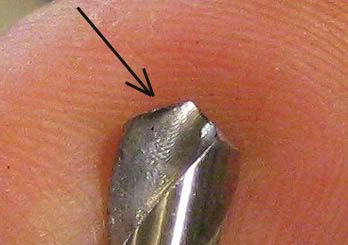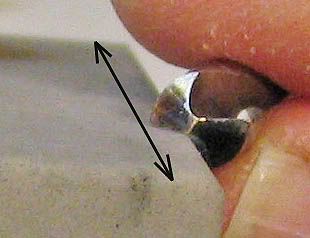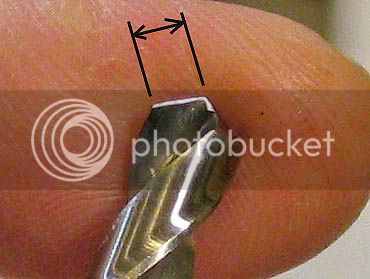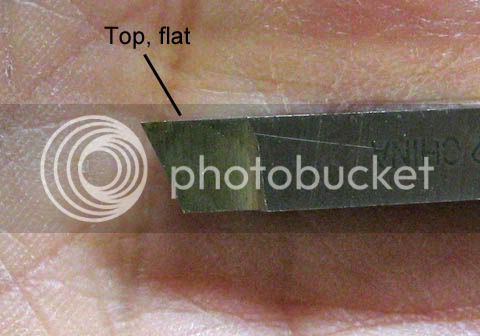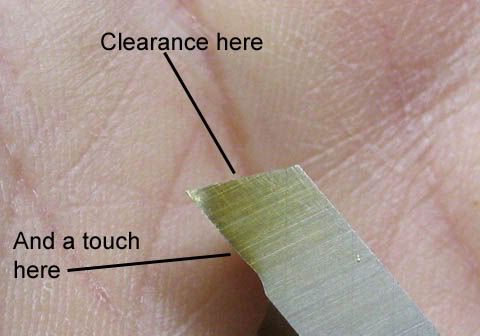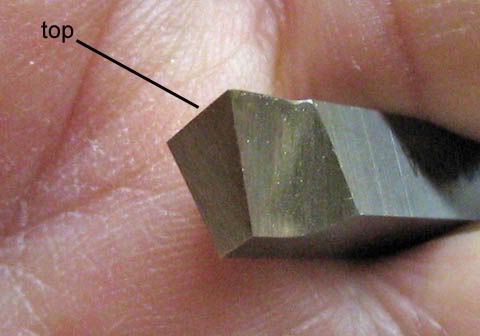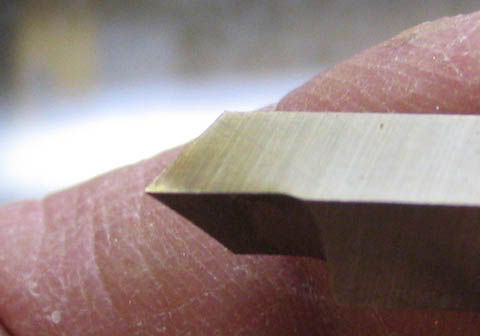Twmaster
Well-Known Member
- Joined
- Oct 24, 2009
- Messages
- 917
- Reaction score
- 3
Been busy in my workshop today making parts for a lathe and my mill. I tried to mill some brass bar for a lathe part but kept running into problems with the mill digging in and either stalling or jerking the part out of the fixture.
I've tried slow feeds, made sure to not be 'climb milling' and have very sharp high quality tooling.
Am I forgetting the chicken giblets or something else? (Sorry Zee, no tan M&M's to offer the machine Gods.)
Been cutting steel and aluminum all day without a hitch...
So, what am I doing wrong?
I've tried slow feeds, made sure to not be 'climb milling' and have very sharp high quality tooling.
Am I forgetting the chicken giblets or something else? (Sorry Zee, no tan M&M's to offer the machine Gods.)
Been cutting steel and aluminum all day without a hitch...
So, what am I doing wrong?





